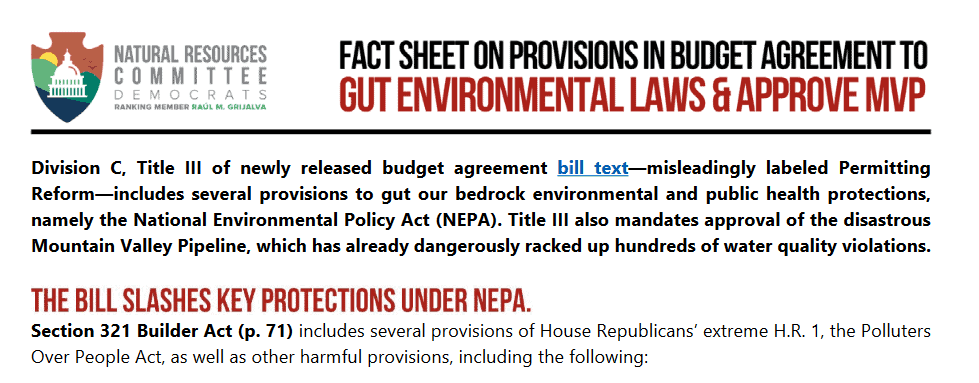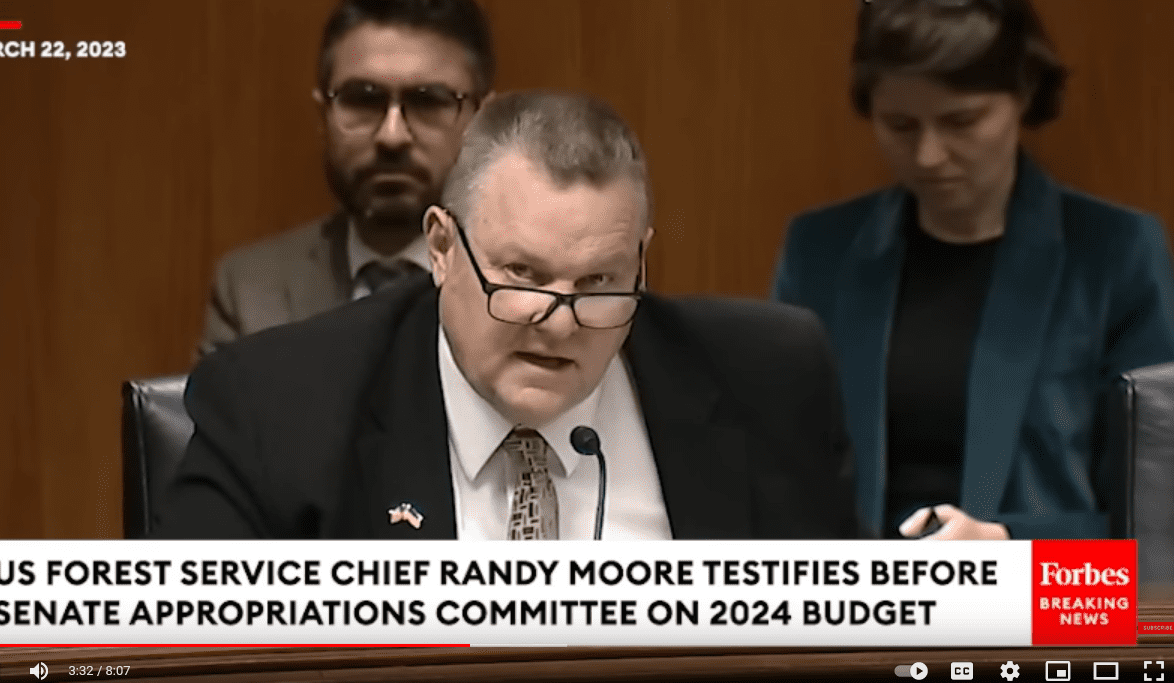This is usually Jon’s round-up territory but I thought it was so interesting it deserved a post of its own, plus it’s my old stomping grounds. Thanks to a friend of The Smokey Wire, it came via a Law 360 article.
Law360 (August 7, 2023, 8:27 PM EDT) — An Oregon federal judge has thrown out environmentalists’ lawsuit attempting to block commercial lumbering in a national forest, ruling regulators properly determined the timber thinning projects were exempt from stringent environmental review.
The U.S. Forest Service correctly approved logging almost 30,000 acres in the Fremont-Winema National Forest over three projects aimed at improving wildlife habitat and timber stands, U.S. District Judge Michael J. McShane said in a Friday order granting the service’s motion for summary judgment. In the same ruling, Judge McShane turned down a summary judgment counter from the groups, Oregon Wild and Wildearth Guardians, ruling they hadn’t shown the USFS granted unlawful exclusions from environmental review for logging and waited too long to challenge the exclusion category itself.
The environmental groups sued last year, alleging the forest service used categorical exclusion six to create a loophole that let logging companies bypass impact analysis of the South Warner, Bear Wallow and Baby Bear projects in the national forest. The exclusion may also be invalid since it has now been used to approve big, commercial logging projects without considering their environmental consequences, the groups alleged.
But Judge McShane, in his Friday ruling, said the exclusion’s language permits commercial logging and has no limit on the size of timbering projects. Instead, it bars herbicide use and restricts road building, the judge added. The forest service explained how thinning the forest would improve habitat for birds, turtles and deer, cut back overcrowded conifer trees and reduce the risk of insect infestation, Judge McShane said.
The USFS, therefore “reasonably determined that thinning to improve wildlife habitat and favorable timber stand conditions” fell within the scope of the exclusion, the judge ruled.
Turning to the groups’ challenge to the exclusion itself, Judge McShane said opponents had missed the six-year deadline to get the 1992 rule overthrown. Conservation groups were not entitled to an exception from that deadline, the judge added.
Oregon Wild and WildEarth Guardians argued that the forest service never determined commercial logging had no significant impacts when it approved the thinning exclusion, a violation of the National Environmental Policy Act.
But in order to receive an exemption for the case under the Ninth Circuit’s decision 1991 decision in Wind River Mining Corp. v. United States , opponents had to make a substantive challenge that the forest service lacked legal authority to make the exclusions, Judge McShane said.
“The problem in plaintiff’s argument is that NEPA is a procedural statute,” the judge said. “NEPA directs agencies to create categorical exclusions and requires certain procedures for doing so. It does not dictate specific substantive results.”
The USFS declined to comment Monday. A representative for the environmental groups did nots represented by Natalie K. Wight and Sean E. Martin of the U.S. Attorney’s Office for the District of Oregon. The environmental groups are represented by Oliver J.H. Stiefel, Erin E. Hogan-Freemole and Meriel L. Darzen of Crag Law Center.
So that’s the legal side. I’m finding out more about the projects themselves. Interestingly the South Warner Project seems to be linked to MOG at least in the minds of some.
The South Warner Project includes commercial logging of large, old trees under the guise of “timber stand and wildlife habitat improvement,” said John Persell, Staff Attorney at Oregon Wild. “It is yet another example of why a national rule protecting mature and old-growth forest stands is needed to address the climate and biodiversity crises.”
As a former NEPA practitioner, I wouldn’t have rolled the dice on Category 6, but if you’re going to roll the dice, you should go big, like 30K acres.





